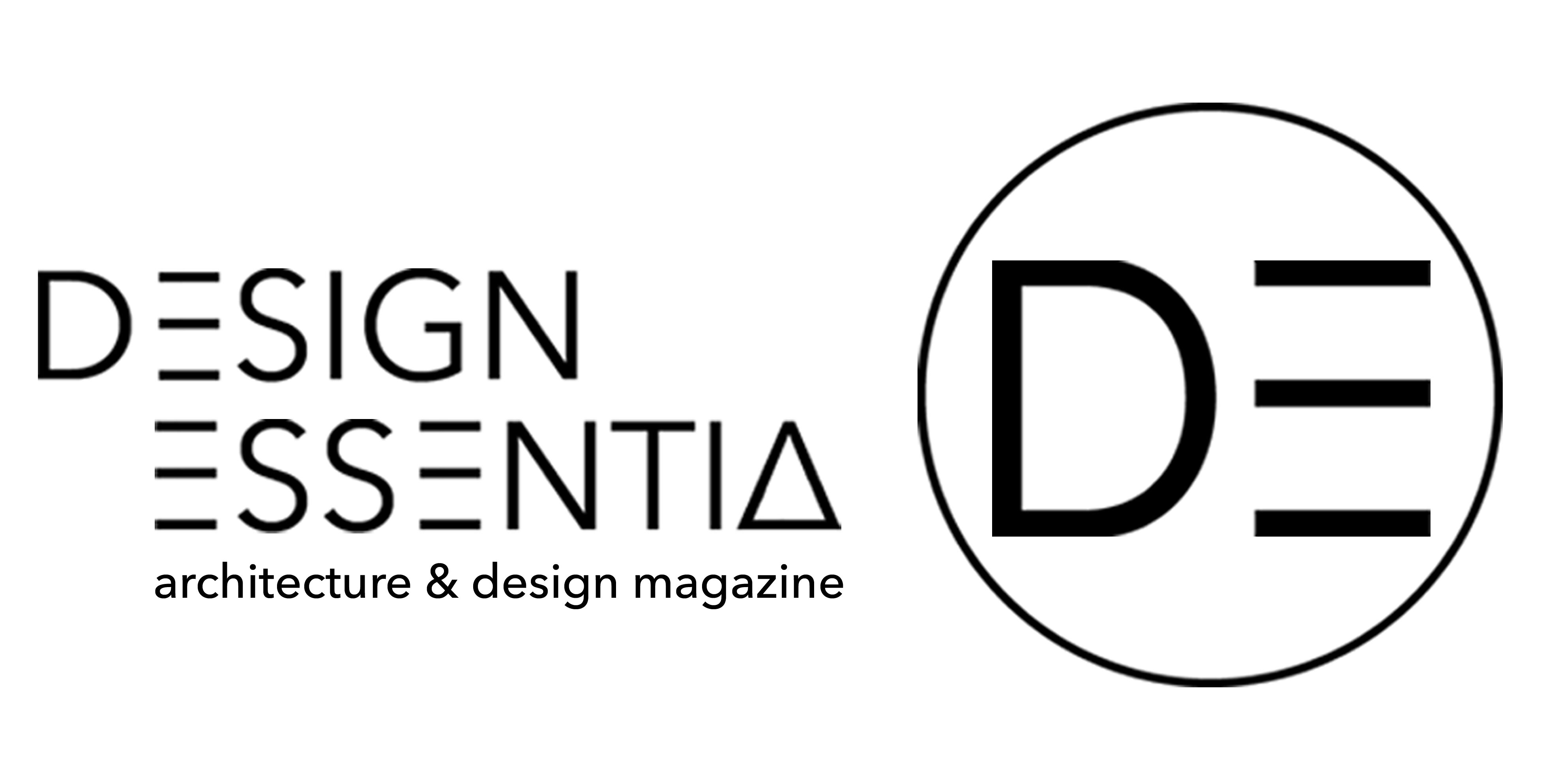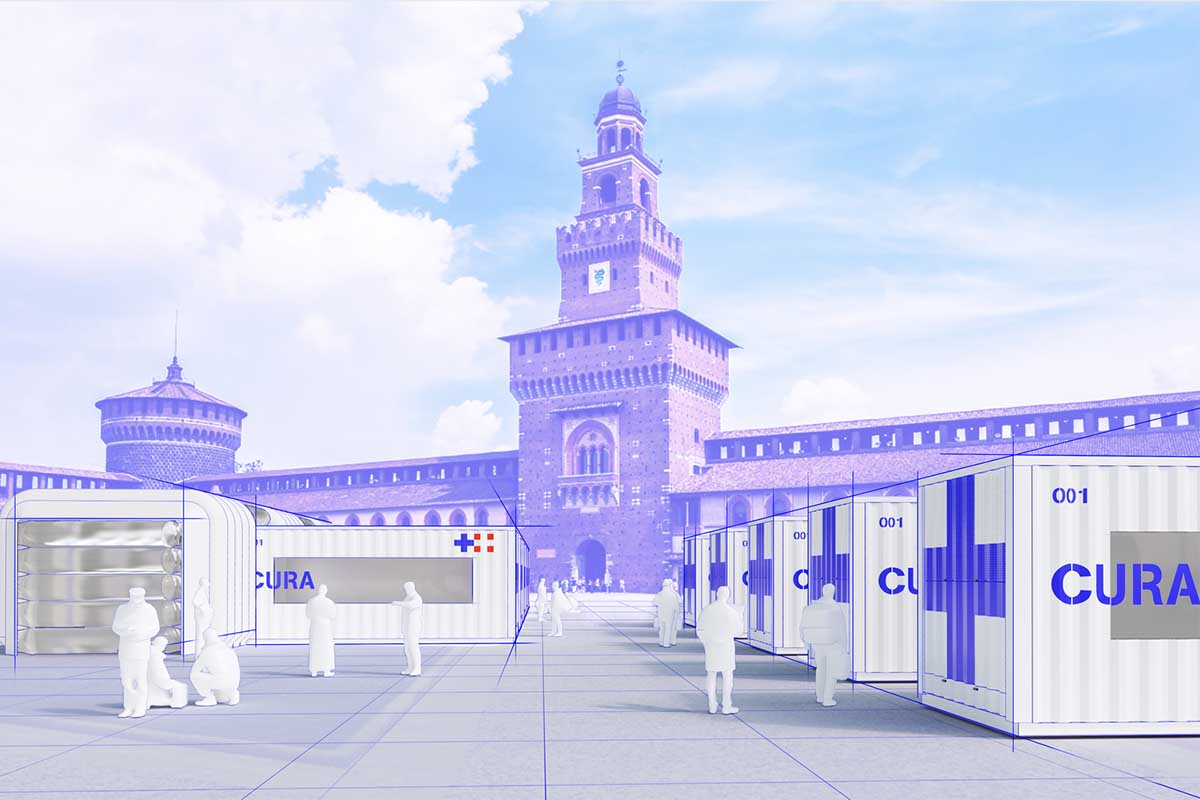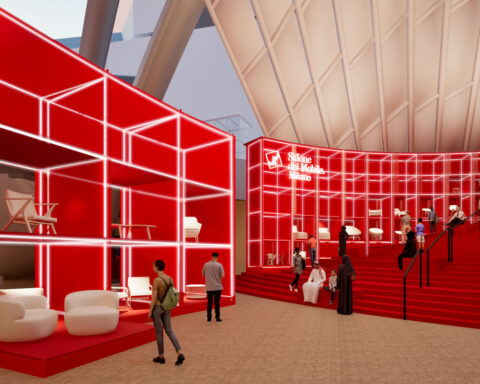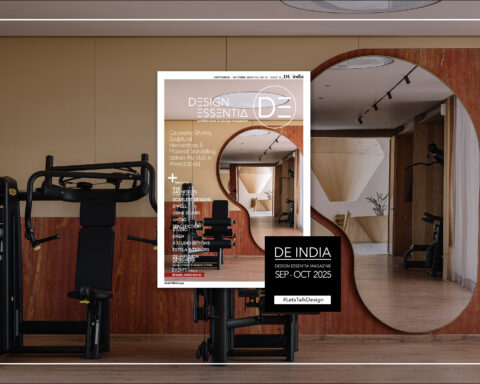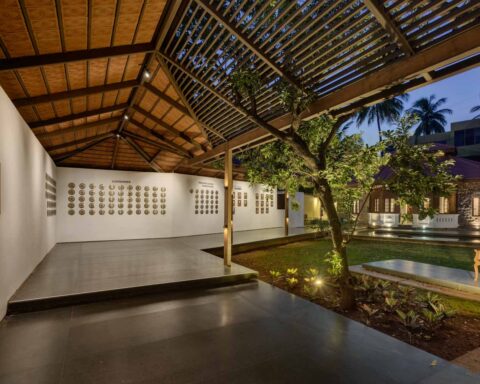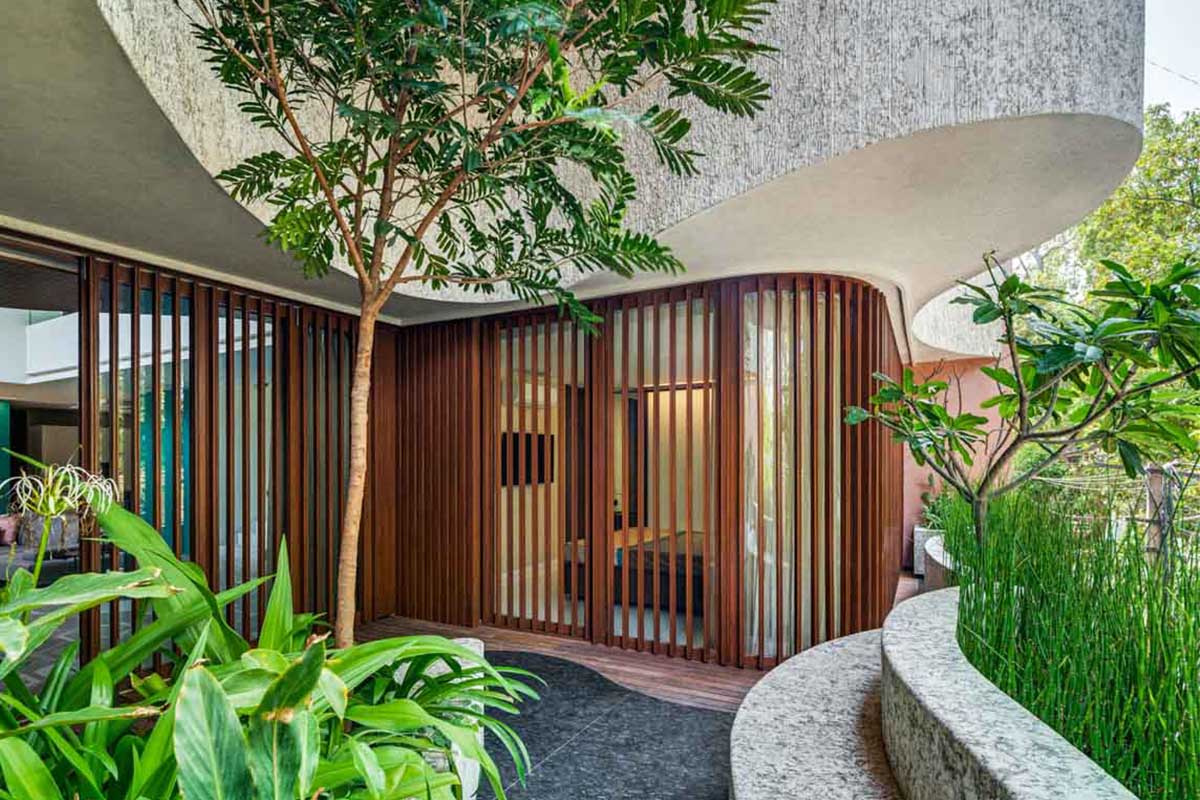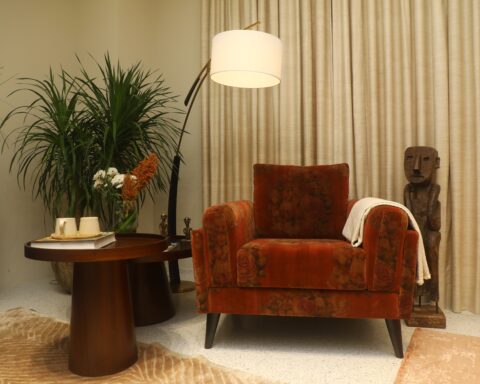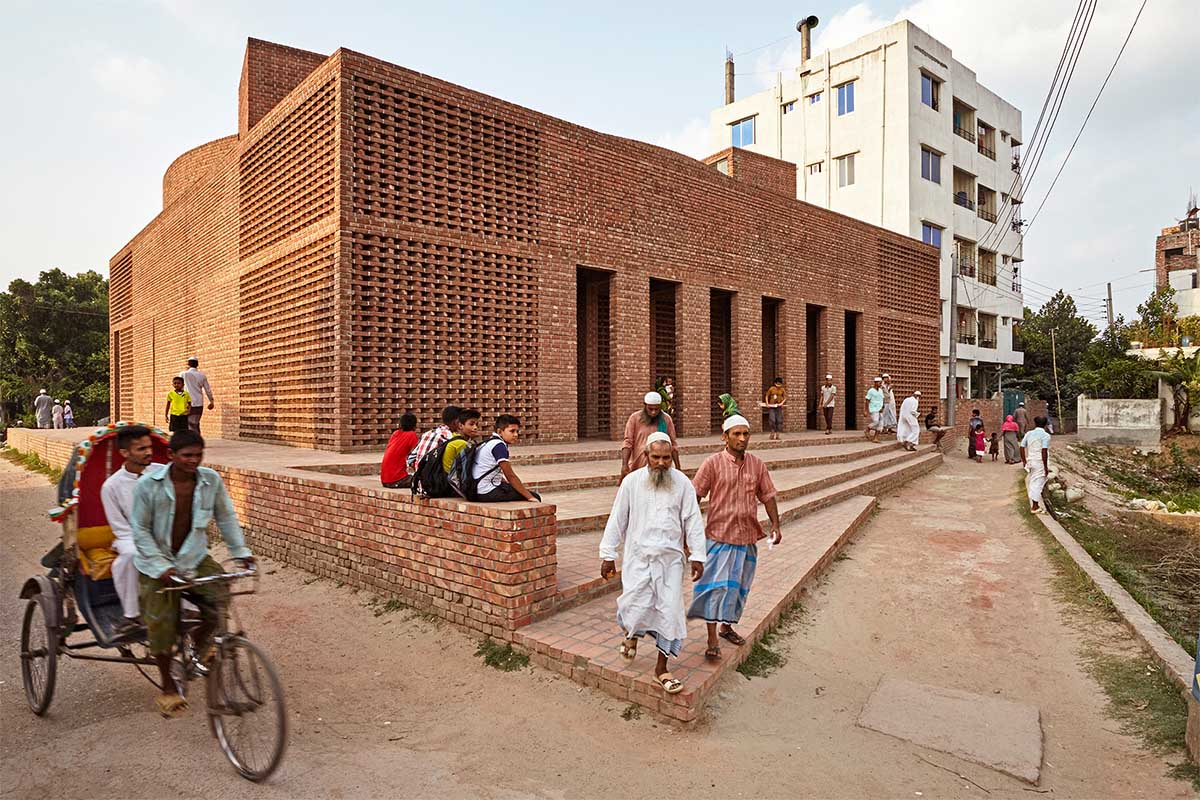//above; Carlo Ratti Converts Shipping Containers into Intensive-Care Pods for the COVID-19 Pandemic. //Courtesy of CURA/ CRA-Carlo Ratti Associati with Italo Rota, Milan, Italy.
COVID & ARCHITECTURE
COVID-19 pandemic has changed the perception for future architecture and design for sure. In oder to respond to it constructively, various architects have turned to what they know best in design and innovation.
The new restrictions by the global pandemic in the society have become a catalyst to rethink much of what we take for granted in the built environment.These uncertain times caged in our homes is a perfect time to Rethink and Reboot to create a safe solution and strategise for a sustainable and healthy future. We can’t exactly predict what the future will look like, but we surely can examine current trends, tactics and concepts that have played huge roles during the pandemic. These inputs may have long lasting impacts on the way cities are designed in future:
New forms of public spaces
The way public spaces are designed could change in a post-pandemic world, along with how they’re prioritised in urban areas. As the pandemic has converted people into full time pedestrians, public spaces have been some of the few sources of leisure outside of the home.
New Restaurant Layouts
Lockdown restrictions have loosened in some countries now, restaurants have reopened, offering a glimpse of what eating out could be like after quarantine. Some restaurants have mandatory temperature checks at their entrances, and most are following social distancing rules. Seating has been limited with minimum space restrictions to keep a safe distance from one another. With limited people to sit inside, partitions between eating spaces, efficient use of sanitisation; all this will change the overall perception of Hospitality Design.
Less reliance on cars
Being confined within our homes, automobile usage has been at it’s greatest decline. As a result, streets have been left bare and greenhouse gas emissions have dropped. Clear skies can be seen even in the most dense and polluted cities of the world after a long time. The impact on oil prices has been considerable. Some cities have temporarily converted empty streets into walking and cycling-only zones. Could this be a start for a better pedestrianised city layout?
Shifting away from urban office culture
Worldwide, people are working from home due to COVID-19 lockdown measures. Now that work is being done remotely, some are re-evaluating the need for such spacious and expensive spaces. Everyone is virtually connected and a this work from scenario actually works for majority. Rethinking about future workspaces is a question today.
Adaptive Reuse
Adaptive Reuse is another popular design approach in the current worldwide pandemic. It is the process of using existing structures to serve new purposes. Adaptive reuse is an efficient and sustainable approach to creating new spaces, especially for aging cities. Along with modular construction, it’s proven to be very effective in creating emergency facilities.
Modular Design & Construction
New design and construction approach by architects for a Modular design is required in this crises and post as well. It could be a smart and flexible process for quick reaction with temporary structures or a well planned permanent solution. From creating make-shift emergency facilities to reorganising one’s home that’s better suited for working remotely, a flexible design can prove to be essential.
Climate Responsive Design
These uncertain times caged in our homes is a perfect time to Rethink and Reboot to create a safe solution and strategising for a sustainable and healthy future with climate responsive design approach. We can’t exactly predict what the future will look like, but we surely can examine current trends, tactics and concepts that have played huge roles during the pandemic.
Lets Rethink, Lets Reboot, Lets make this planet a better place not only for us but also for the planet itslef.
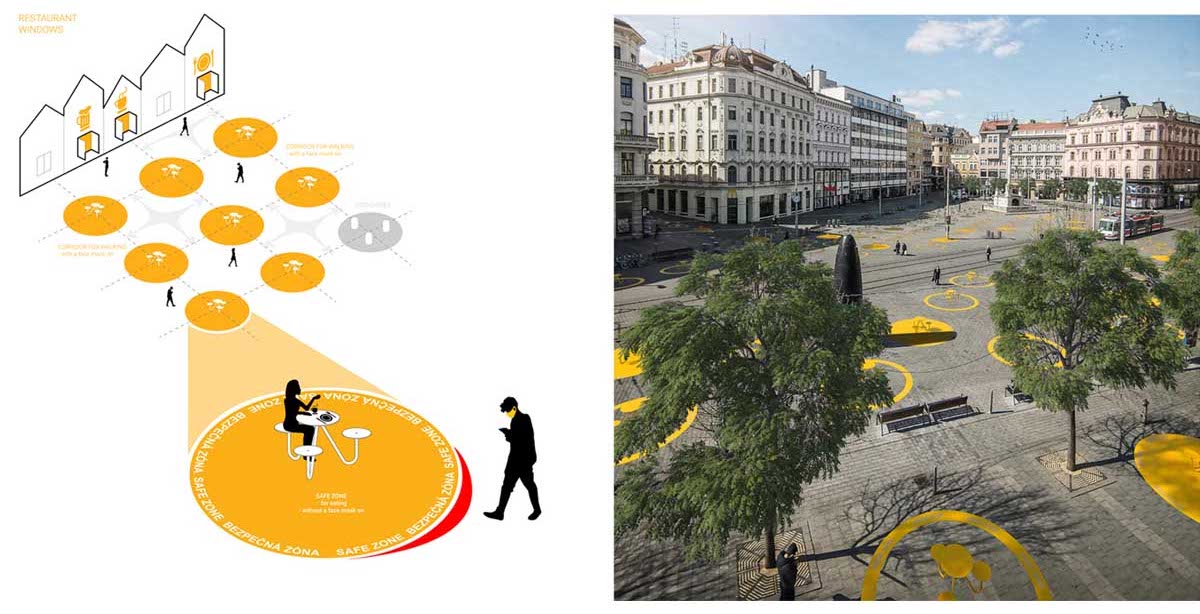
Courtesy of MISS3; A Public Space Proposal by HUA HUA Architects that Considers Social Distancing Measures – Brno, Czech Republic.
Check out the above full story in our DE MAY-JUN 2020 Edition – The Quarantine issue.
